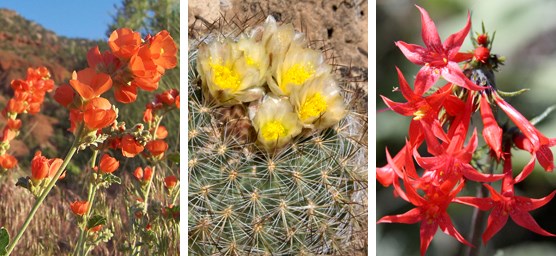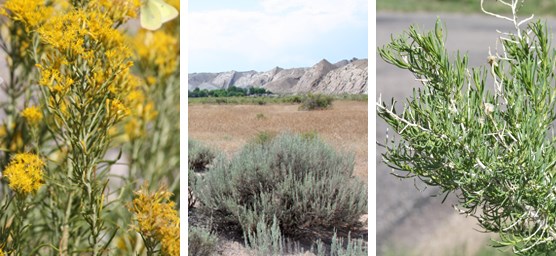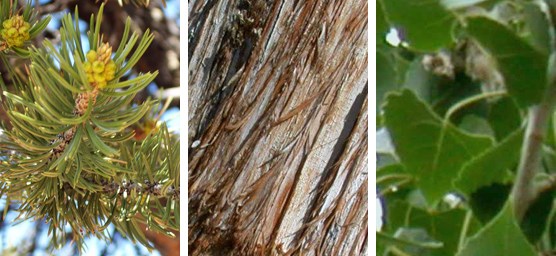|
Approximately 650 species of vascular plants have been collected and identified at Dinosaur National Monument. Botanists anticipate that another 200 to 250 species might be located through more intensive surveys. To download a species list for Dinosaur National Monument's plants, visit the Northern Colorado Plateau Network website. 
NPS High Diversity

NPS Plant Communities 
NPS Human Impacts Grazing by domestic livestock and suppression of natural fires have increased the frequency of big sagebrush, pinyon pine, and Utah juniper, and decreased the abundance of native grasses. Current fire management practices are designed to restore a more natural fire regime through use of prescribed fire and associated fire effects monitoring. |
Last updated: January 22, 2021
